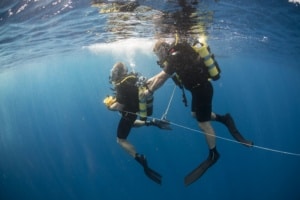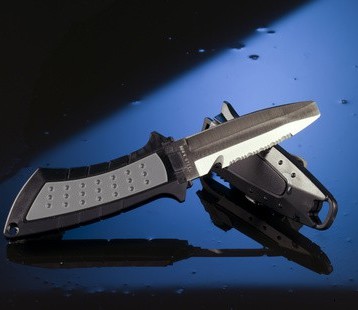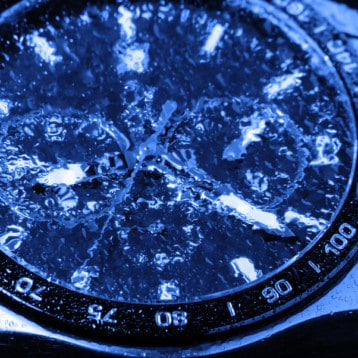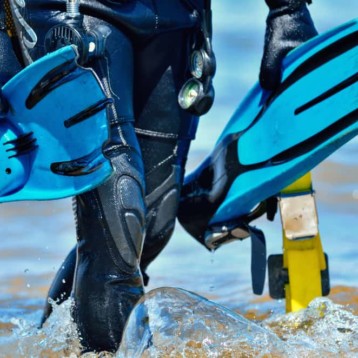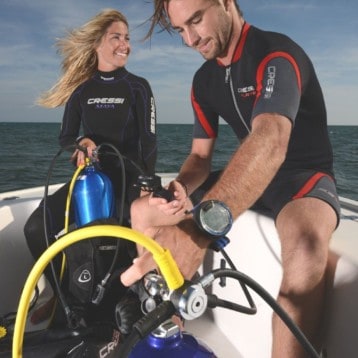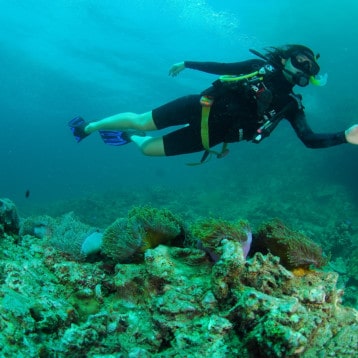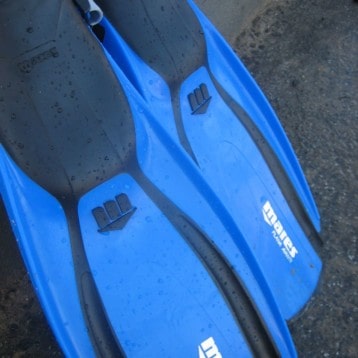Many people see those intriguing underwater photos of men with tanks on their backs swimming 70 feet deep and think “That looks fun, I want to try it.” Well if you are getting down with the fish for the first time and want some pointers, there are a few things you need to hold down before trying to make that trip. Here’s a short guide to help you take your first steps at the bottom of the ocean.
This short guide will not cover the abundance of information required to take a safe and expert-like plunge, so you’re first step before trying it is taking a safety course. After that you can buy your gear and find a diving buddy. The equipment you’ll need includes a Buoyancy Compensator or BC which basically looks like a life jacket but keeps you from sinking or floating when you dive. Along with that, you’ll need to purchase or rent a regulator to keep the air pressure you breathe at a normal level as well as an air tank for obvious reasons. The last things you need are the fins and mask you’ll wear during the trip.
After that, gather your diving buddy and discuss your hand signals while making sure to agree on a maximum depth and time limit. Determine your route before taking the quest since you cannot communicate as well once you get down there. Also before even touching the water, check your buddy’s equipment to make sure their regulator is working and to turn the air supply on checking to see that it is near 3,000 psi.Also check the BC to make sure it is operating properly including both inflators. Make sure the diver has easy access to their releasers in case of emergency.
Let’s go over some tips of being in the water before you spread your fins. Don’t rush to keep up with the experienced divers because you could miss something. In addition to taking your time, make sure that you dive regularly because with any skill, if you don’t use it you lose it. That is why if you get a certification, try not to delay your dive. A very important thing to remember when ascending is to go up no more than 30 feet per minute to make sure you don’t attain decompression sickness as it is very serious. An equally dangerous move is holding your breath while diving. This is a dangerous because if you ascend with air in your lungs, the pressure around you is decreasing and your lungs are increasing in volume meaning the air in your lungs will expand. It will become so large in volume that it has to find another way to escape other than your mouth which creates accidents. As a result, either your lungs can tear or your air will be absorbed into the blood stream which can lead to death.
So that is scuba diving in a nutshell. Make sure you breathe and swim upward slowly. Make sure you and your diving buddy are on the same page because underwater, confusion=mistakes. Always include a final check in your schedule before you roll in to make sure everything works properly.

